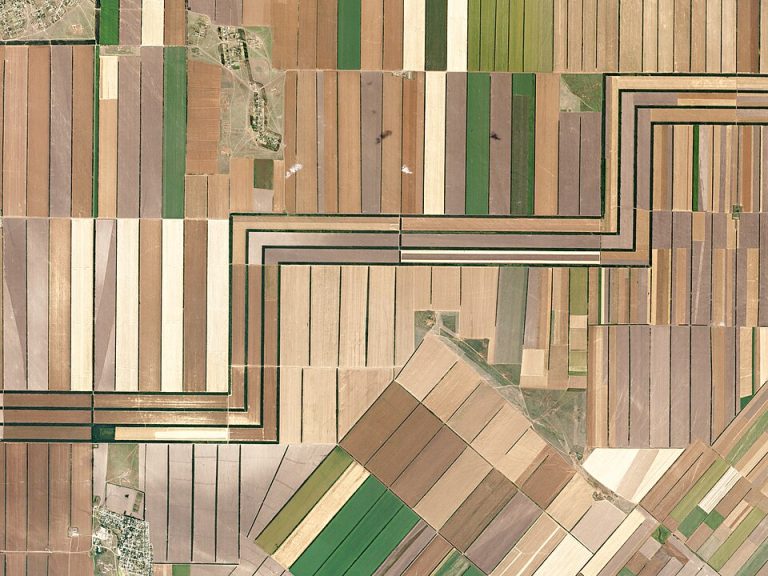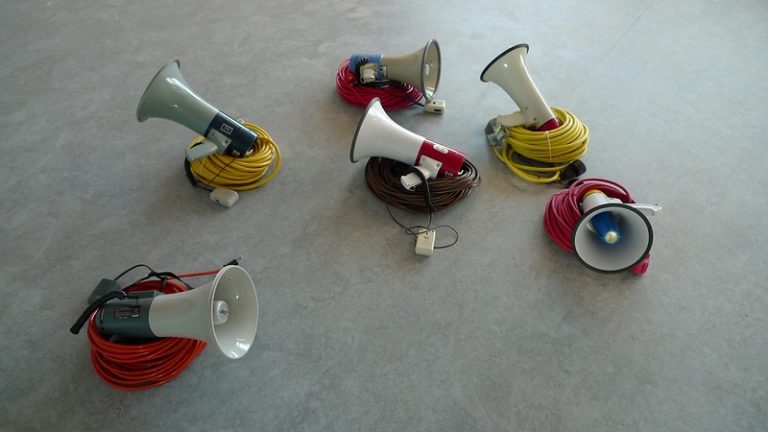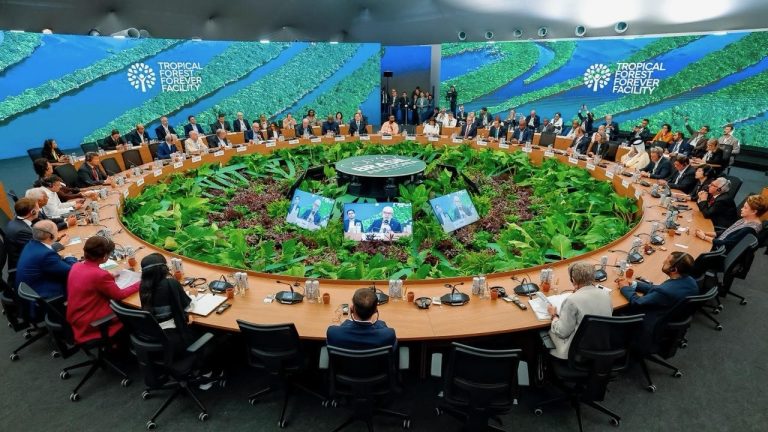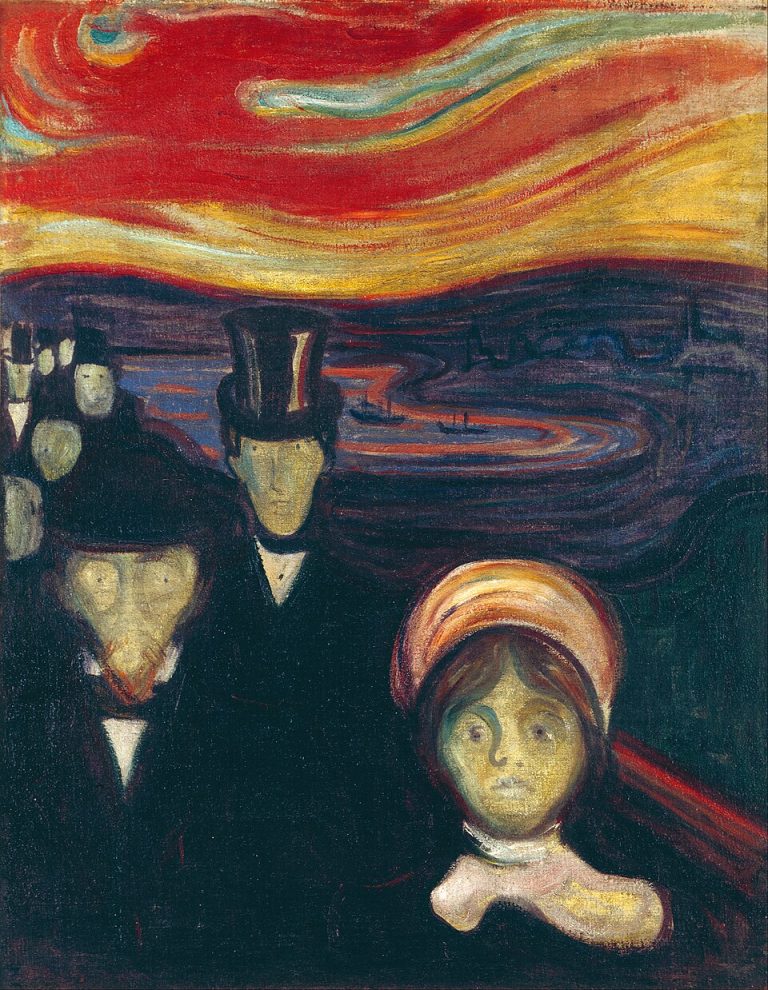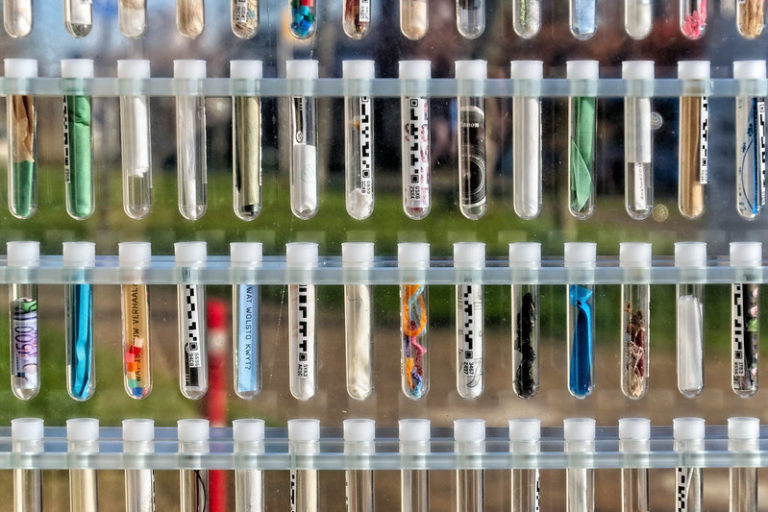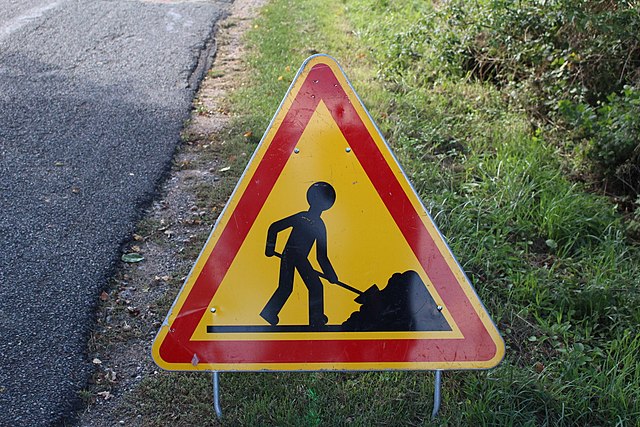News
Prophetic but misleading: fictitious examples in patents
Many patents in the field of “life sciences” contain fictitious examples, known as “prophetic”, of how the invention can be realised. Such imaginary examples enable applicants to increase the scope of their patents. This is a common practice that is now taking on significant proportions. At a time when multinationals are trying to obtain deregulation of their GMOs, an understanding of the broad outlines of this practice will give us a better grasp of the issues surrounding patents.
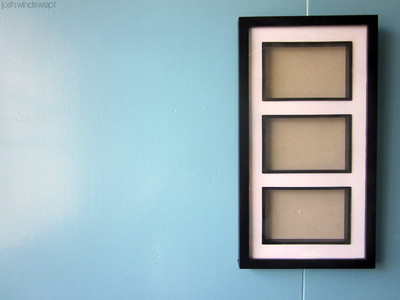
The latest news on patents covering “biotechnological inventions”, particularly GMOs/NTGs, reminds us that these legal tools are above all long and complex texts. Yet the content of these texts determines the scope of these patents. In addition to a general description of the invention, including its industrial applications, a patent must describe one or more examples of how the invention can be put into practice. However, at the time the patent application is filed, these examples may or may not have actually been realised. When they are not real, they are said to be “prophetic”, “phantom”, “hypothetical” or “fictional”… Anglo-Saxons also speak of “paper examples”. This practice, which is authorised in several jurisdictions, including the United States and Europe (EPO – European Patent Office), nevertheless raises legal issues, particularly in the field of “biotechnological inventions”.
A practice permitted subject to conditions
The broader the scope of a patent, the greater its potential economic value. But in order to claim broad scope, it is necessary, among other things, to demonstrate that the invention can be made in different ways. For example, a patent claiming genetic sequences with a minimum percentage – 80%, 90% or 95% – of identity with the sequence actually “invented” is very broad1. It would therefore take many examples of embodiments of the invention to show that it can be implemented over the entire scope of the claims. The number of examples required may be such that it is sometimes necessary to create fictitious ones. Providing a plurality of examples therefore helps to fulfil a fundamental requirement of patent law: an invention must be sufficiently described for “a person skilled in the art” – a biotechnology engineer, for example – to be able to reproduce it to its full extent using his or her general knowledge. The “biotech” sector is no exception to this requirement of sufficient description.
The rapid development and strong competitiveness of this sector encourages its players to file numerous patent applications as soon as possible. This is the case even if, when the patent application is filed, the invention is not sufficiently supported by real examples. This is why applicants resort to “prophetic” examples. In the United States, since the early 1980s, the USPTO (the US Patent and Trademark Office) has accepted such examples under certain conditions, in particular that they are not misleading and that they have a reasonable scientific basis2. The USPTO also requires that they be distinguished from actual examples in the text of the patent. The EPO also allows prophetic examples, provided they are reproducible. But a 2021 survey shows that 75% of European patent applicants do not distinguish prophetic examples from real ones in their patent applications3.
Examples in granted patents are by default presumed to be valid. While an examiner may, in the course of the examination procedure, request certain additional experimental data, it is not assumed that he or she is required or able to test the embodiments of the invention. A person challenging the validity of a patent on the grounds of inadmissible prophetic examples will have the burden of proof.
A fiction that creates ripples
Patent offices may consider that certain prophetic examples in a patent application are purely speculative, without a solid scientific basis, or used to intentionally overestimate the scope of the invention. If this is the case, the patent will not be granted. If it were, however, by mistake, the patents could later be invalidated by the courts.
This has been the case in the US, where the USPTO has dealt with several cases where prophetic examples have been misused. Patents have been revoked or have failed to survive litigation due to insufficient actual experimental data supporting the claims. US case law, including Supreme Court decisions, emphasises the need for adequate disclosure and a sound experimental basis for patent claims. In 2000, a decision of a Board of Appeal of the EPO opposing the company Dyax to Cambridge Antibody Technology Limited and Acambis Research Limited on a patent covering antibodies had set a precedent4. In its decision, the EPO confirmed that, in theory, a single “hypothetical” (another term for “prophetic”) example of an antibody production protocol could suffice for a “person skilled in the art” to put the invention into practice without an excessive burden of experimentation (Article 83 EPC on sufficiency of description). There is therefore no obligation to provide a real example. However, as the patent holder was ultimately unable to show that this prophetic example alone was sufficient, the patent was revoked in opposition.
The frequency of patents containing prophetic examples is far from anecdotal. Law professor Janet Freilich, of Fordham University, has conducted a study of more than 2 million US patent applications in biology and chemistry5. “At least 17% of the experiments in this population [of patents] are fictional”, she concludes. Under the international patent system, an initial (so-called “priority”) patent application is filed in one country. The same text is then filed in the other countries to which this application is extended. If a US patent application includes prophetic, fictitious examples, its foreign equivalents will also include them. We can thus deduce that many of our European patents are tainted with such examples (and vice versa) designed to create illusions about the feasibility of the invention and to extend the scope of the patent.
Legal certainty and ethical issues
As far back as 2005, an article by the University of Berkeley (USA) entitled “Worthless patents” refers to the eagerness of the pharmaceutical and biotechnology industries to apply for patents even before knowing whether the inventions have any great utility or commercial value6. This is how patents based on prophetic examples of uncertain validity were and still are granted. Such an industrial strategy can, a fortiori if it is supported, unfairly place certain economic players in a situation of legal uncertainty. Think, for example, of small and medium-sized seed companies or farmers, who would be threatened by NTG (New Genomic Techniques) giants holding such patents. Given the cost and uncertain outcome of legal proceedings, these players would be in real danger.
Prophetic examples are also surrounded by profound ethical issues, including the credibility of scientific research and the fairness of the patent system. Solutions, such as stricter guidelines for examining patent applications and greater transparency, should be put in place by national and regional systems to alleviate these problems. But the ethical question also arises at a more global level: that of the patentability of living matter.
In addition to the ethical concerns linked to the granting of patents on living organisms and the resulting possibilities of appropriation, the presence of prophetic examples in such patents is, in principle, legally questionable. On the one hand, they may favour large companies filing patents by enabling them to set up artificial legal barriers. On the other hand, they also run the risk of further damaging innovation by other, smaller players in the sector.
An ineffective or even losing strategy
But the most surprising part of the story, and even the most cynical, is explained by Janet Freilich in her study mentioned above. While the use of prophetic examples should in theory lead to stronger patents, this is in fact not the case overall. She speaks of a “surprisingly ambiguous – probably negative – correlation between the use of prophetic examples and the value of a patent”. She even concludes that, in the balance of benefits and costs, the latter prevail.
To explain the lower value of such patents, the lawyer argues that prophetic examples are normally included in patent applications for which working examples do not exist. This may be an indication that the patent and the invention it covers are intrinsically weak. Another explanation could be that the rush to file a patent application does not leave enough time to construct working examples. And in certain sectors, including biotech, the dynamic of patent applications is a trademark and serves the image of the company, which can highlight its portfolio of patents.
What then would be the point of applying for patents with such prophetic examples? One major explanation may lie in the classic “mass filing strategy”. For organisations that can afford it, filing a large number of patent applications allows them to “get their foot in the door” and drown them in the legal landscape in several technical fields. Many of these rights are subsequently abandoned. The result is that the smallest players in the sector concerned (for example, seed producers and farmers), neophytes on these complex issues, are faced with immense and opaque patent portfolios, and patents that appear broad and solid, when in fact they are not. A theatre of shadows serves to obscure a game of economic power and to facilitate the concentration of capital.
- Denis MESHAKA, « Patents on genetic sequences: excess and fragility », Inf’OGM, 12 July 2023. ↩︎
- USPTO, MPEP, “Properly presenting prophetic and working examples in a patent application”, 7 January 2021. ↩︎
- Dennis Crouch, “Do you Tell the PTO that the Disclosed Embodiments are Merely Prophetic?”, PatentlyO, 30 June 2021. ↩︎
- EPO, “Decision T 792/00 (Varied binding proteins/DYAX) 02-07-2002”, 2 July 2002.
EPO, European Patent EP436597B1, 2 April 1997. ↩︎ - Freilich, J. , Fordham University School of Law, “Prophetic Patents”, 2019. ↩︎
- Kimberly A. Moore, “Worthless Patents”, Berkeley Technology Law Journal, Vol. 20, p.1521-1540, 2005. ↩︎






